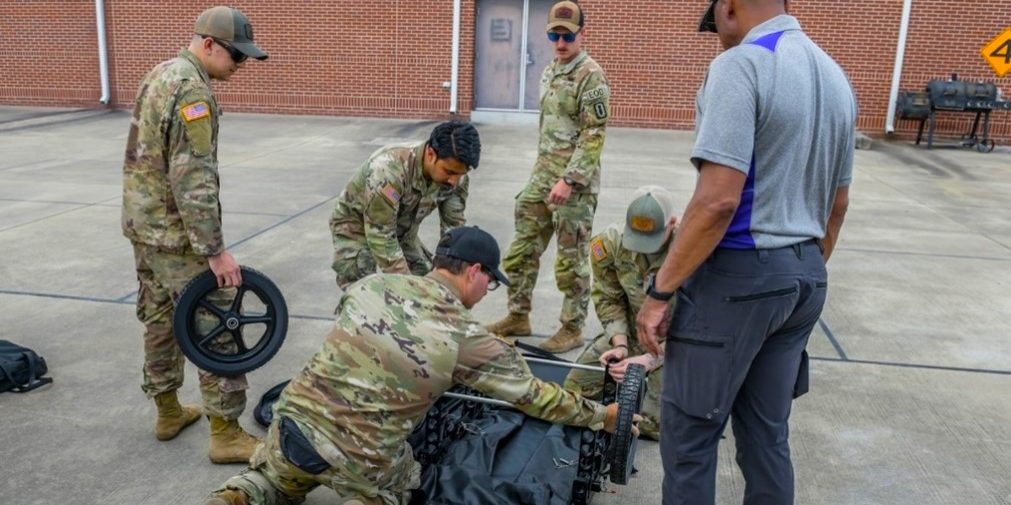The modern battlespace is dynamic. As conflicts in Ukraine and Israel unfold and perpetual threats from our adversaries loom, we continue to see implications for chemical, biological, radiological, and nuclear (CBRN) defense and detection. As a nation, we have an ongoing need to develop modernized and readily available capabilities for these CBRN threats to keep our Warfighters, citizens, and global allies safe.
Cue the recent fielding of the Explosive Ordinance Disposal (EOD) variant of the Chemical, Biological, Radiological, Nuclear Dismounted Reconnaissance System (CBRN DRS). Developed by the Joint Program Executive Office for Chemical, Biological, Radiological and Nuclear Defense’s (JPEO-CBRND) Joint Project Manager for CBRN Sensors, this fielding brings the program closer to Full Operational Capability (FOC), allowing our Warfighters to use this capability to enhance situational awareness and better protect themselves in CBRN contested environments.
The CBRN DRS is designed to support operational and medical decision-making by characterizing, through detection, identification, and quantification of chemical hazards on surfaces, in liquids, and in the air.


